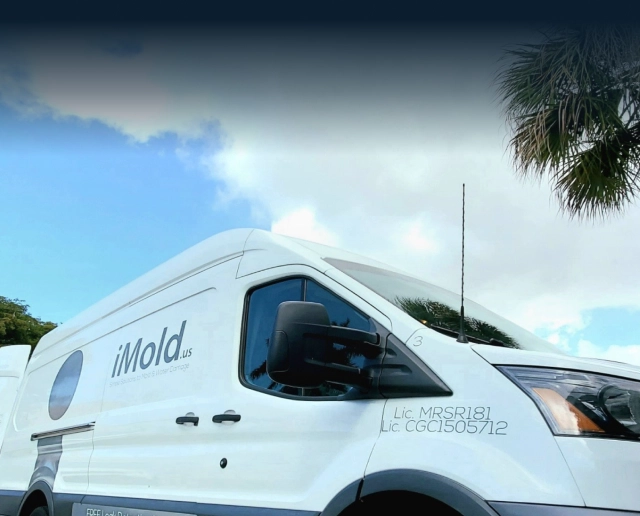How Mold Grows and Spreads in Southwest Florida
Mold is a common problem that plagues many homes, especially in humid climates like Southwest Florida. Understanding the science behind mold growth and spread is essential for homeowners in this region. This article will delve into the fascinating world of mold biology and explore the factors that contribute to its proliferation in Southwest Florida’s humid climate. By uncovering these insights, homeowners can take proactive steps to prevent mold growth and protect their homes and families.
What is Mold?
Mold is a extremely common type of fungus that thrives in moist environments. It is composed of tiny organisms known as hyphae, which form a network of thread-like structures. These hyphae release spores into the air, allowing mold to reproduce and spread. Mold spores are microscopic and can easily find their way into homes through open windows, doors, or on clothing and pets.
Ideal Conditions for Mold Growth
Southwest Florida’s humid climate creates the perfect breeding ground for mold. Mold requires three primary factors for growth: moisture, organic matter, and suitable temperatures. In this region, high humidity levels provide an abundant source of moisture. Additionally, mold feeds on organic materials such as wood, drywall, and fabric, commonly found in homes. The warm temperatures prevalent in Southwest Florida further promote mold growth, as mold thrives in temperatures between 77°F and 86°F.
Understanding Mold’s Life Cycle
To understand mold’s growth and spread, it’s important to grasp its life cycle. Mold begins as spores, which are released into the environment. When a mold spore lands on a suitable surface with adequate moisture, they germinate and form hyphae. As the hyphae grow, they penetrate the material and release enzymes to break down organic matter, providing the mold with nutrients. This results in the characteristic visible mold growth.
Once established, the mold colony matures and produces more spores. These spores can become airborne, allowing them to travel to new areas and initiate new mold colonies. This cycle continues as long as favorable conditions persist.
Common Mold Types in Southwest Florida
Several types of mold are commonly found in Southwest Florida homes. The most prevalent include Aspergillus, Cladosporium, Penicillium, and Stachybotrys chartarum (also known as black mold). Each mold type has its preferred conditions and poses varying risks to human health. It’s important to note that any type of mold growth should be addressed promptly to prevent further damage and potential health issues.
Preventing Mold Growth
Preventing mold growth begins with controlling moisture levels within the home. Here are some key tips to keep in mind:
-
Monitor humidity
Use a hygrometer to measure indoor humidity levels. Ideally, keep it between 30% and 50%. Consider using dehumidifiers in areas prone to high humidity, such as basements and bathrooms.
-
Proper ventilation
Ensure adequate airflow throughout the home by using exhaust fans in bathrooms and kitchens. In addition, open windows regularly to promote air circulation.
-
Promptly address water leaks
Any signs of water intrusion, such as leaks or water stains, should be addressed immediately. Fix plumbing issues promptly and dry affected areas thoroughly.
-
Insulate and seal
Properly insulate walls, windows, and doors to minimize condensation. Seal any openings, gaps, or cracks that may allow moisture entry.
-
Monitor indoor plants
Indoor plants can contribute to moisture buildup. Avoid overwatering and ensure proper drainage.
Seeking Professional Remediation Assistance
If you suspect a mold issue or discover mold growth in your Southwest Florida home, it’s advisable to seek professional assistance. The certified mold remediation specialists of iMold have the expertise and equipment to effectively assess the extent of the mold problem and safely remove it. In addition, professional remediation ensures that the mold is eradicated, preventing further damage and potential health risks.
Understanding the science behind mold growth and spread empowers homeowners in Southwest Florida to take proactive measures in preventing mold infestations. By controlling moisture levels, promoting proper ventilation, and addressing water leaks promptly, homeowners can significantly reduce the risk of mold growth. Additionally, seeking professional assistance when necessary ensures that mold issues are addressed thoroughly and efficiently. With this knowledge, homeowners can protect their homes, preserve their indoor air quality, and safeguard the well-being of their families in Southwest Florida’s humid climate.
Find iMold on Facebook and Instagram, and get more tips on water damage and mold on our blog!

